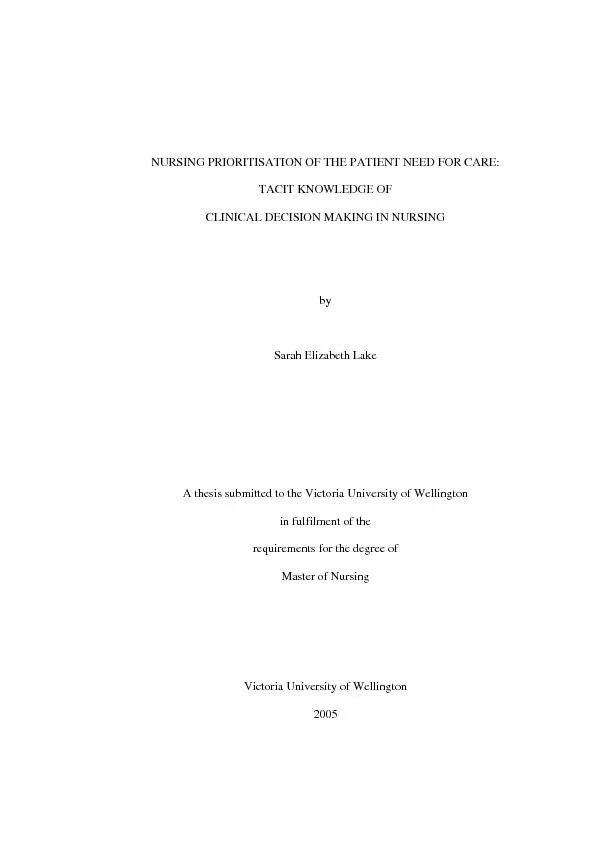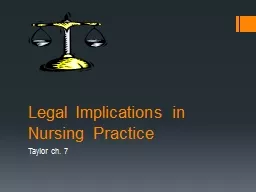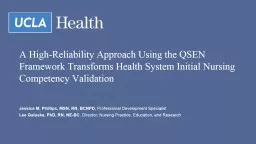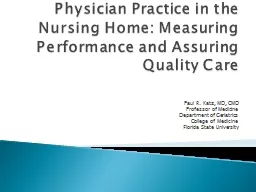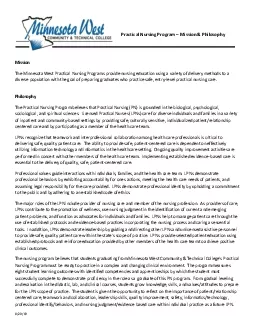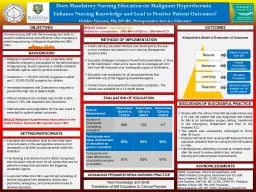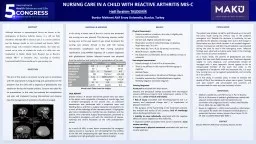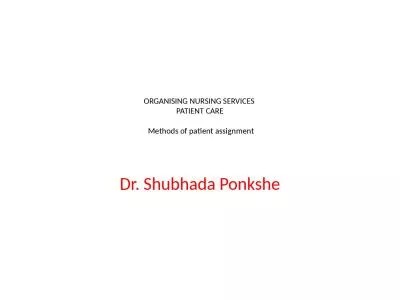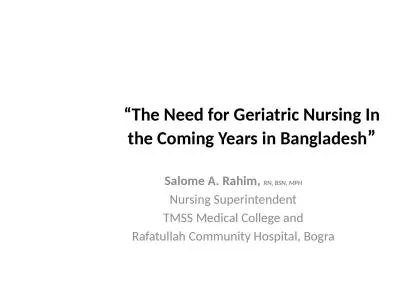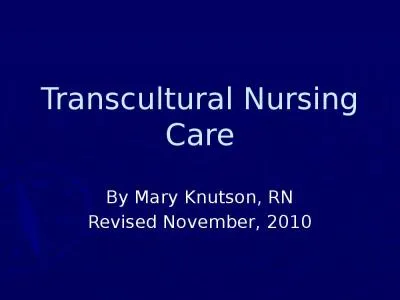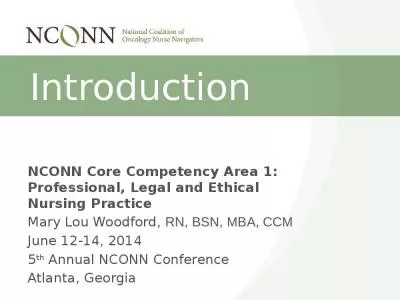PDF-Effective nursing prioritisation of the patient need for care is integ
Author : tatyana-admore | Published Date : 2016-07-13
my supervisor Associate Professor Cheryle Moss for her encouragement to know be and also extend myself on this voyage of exploration through uncharted waters in
Presentation Embed Code
Download Presentation
Download Presentation The PPT/PDF document "Effective nursing prioritisation of the ..." is the property of its rightful owner. Permission is granted to download and print the materials on this website for personal, non-commercial use only, and to display it on your personal computer provided you do not modify the materials and that you retain all copyright notices contained in the materials. By downloading content from our website, you accept the terms of this agreement.
Effective nursing prioritisation of the patient need for care is integ: Transcript
Download Rules Of Document
"Effective nursing prioritisation of the patient need for care is integ"The content belongs to its owner. You may download and print it for personal use, without modification, and keep all copyright notices. By downloading, you agree to these terms.
Related Documents

